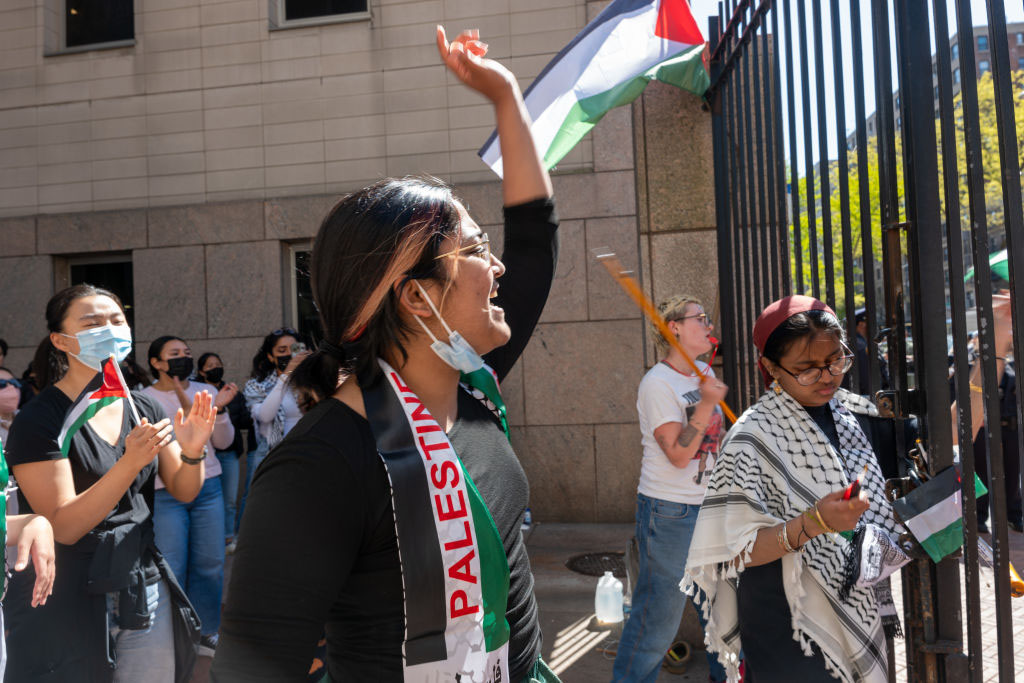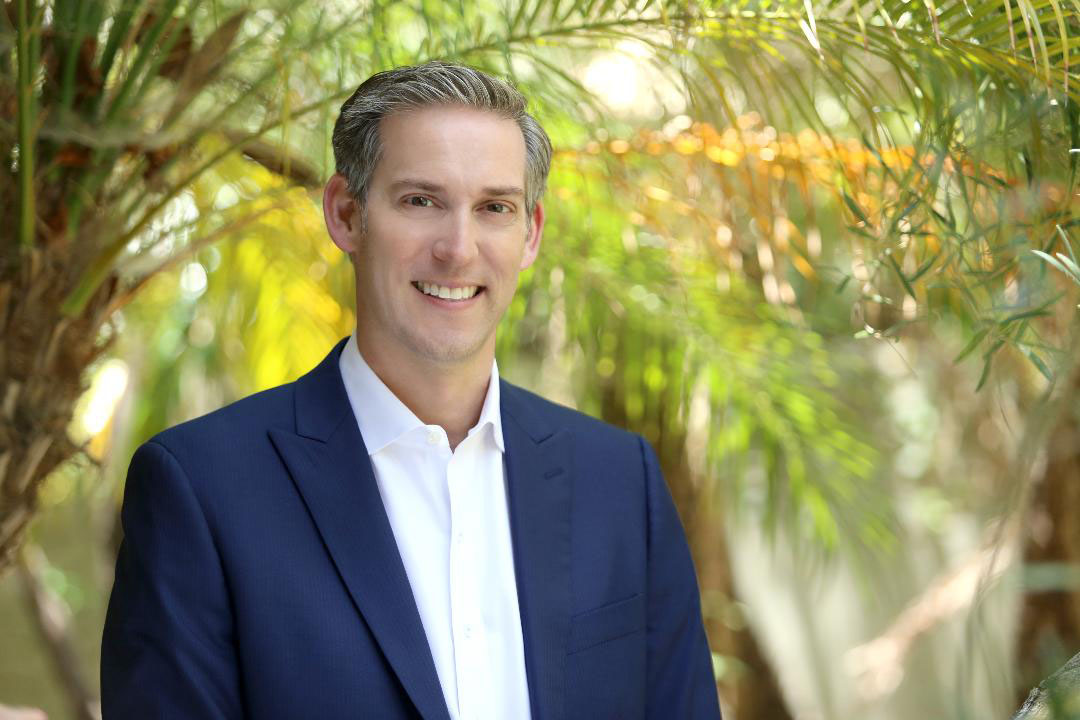 Granny Smith apples piled into a box
beside a
U-Press apple-cider making station; Photos by Ryan Torok
Granny Smith apples piled into a box
beside a
U-Press apple-cider making station; Photos by Ryan Torok Early Sunday morning on Sept. 15, families from Shomrei Torah Synagogue’s (STS) religious school in West Hills got up bright and early to drive 90 miles to San Bernardino’s Oak Glen Farms orchard to pick apples in time for Rosh Hashanah.
At the orchard, a band played country music and the families enjoyed the attractions, including a bakery selling apple turnovers, cinnamon rolls and other pastries behind a glass display. Nearby, at an area marked “U-Press,” people carried buckets filled with red and green apples to apple presses designed in the 1930s, grinding their fruit into cider with the help of an enthusiastic employee who explained that the “Blossom to Bottle” cider fermented and turned into hard cider if shelved for 10 years.
Before heading out into the orchard, Sharon Furman-Lee, director of STS’s religious school, told the families, “One of the primary reasons we use an apple on Rosh Hashanah is because of its sweetness.”
Furman-Lee, who originally is from Ramat Gan, added that apples have healing properties, hence the aphorism, “An apple a day keeps the doctor away.” She then passed around apples for the students to smell, explaining you can tell if the fruit is ripe by its aroma.
Furman-Lee also offered up obscure apple trivia, including that the first apple tree was found in what is now the Central Asian country of Kazakhstan; European colonists were responsible for bringing apples to America; and today there are more than 7,005 apple varieties.
She also said there is no consensus over whether it was actually an apple in the biblical story of the Garden of Eden. Some believe it was an etrog, while others believe it was a fig. She explained that apples are mentioned in Solomon’s Song of Songs, saying the consumption of apples is a sign of one’s love for God.
“Sharon Furman-Lee offered up obscure apple trivia, including that the first apple tree was found in what is now the Central Asian country of Kazakhstan; European colonists were responsible for bringing apples to America; and today there are more than 7,005 apple varieties.”
Furman-Lee then sent the children and their families into the orchard on a scavenger hunt, asking them to locate and photograph different kinds of apples: all yellow, all green, all red and all three colors, as well as apples that were as small as a grape, as large as a watermelon and had a funny shape. One of the youngest students in the K-7 crowd took the final instruction as her cue to find an apple that resembled a butt.

Walking in the orchard with her children, a mother noted bruised, squishy apples littering the ground. “Do we have to find any rotten apples? Because I see a bunch,” she said.
One child remarked, “We need apples that are the shape of a cucumber.”
Furman-Lee pointed out trees lacking leaves allowed sunlight to hit the fruit and ripen it. Meanwhile, students observed apples hanging from the trees that had worms inside, along with those that had rotted on the ground and were surrounded by bees.
In the afternoon, a tractor attached to a flatbed with benches made of hay pulled up, offering rides for those that wanted to head to a shaded area, where adjacent stands sold shaved ice, cold lemonade and old-fashioned soda pop with no caffeine.
The off-the-beaten-path pre-Rosh Hashanah educational experience continued at STS on Sept. 17, with the students baking the apples they’d picked into strudel and jam. Recalling the biblical commandment to give 10% of one’s income to the poor, they used 10% of their picked apples to bake, Furman-Lee said.
Furman-Lee, who is studying for her doctorate in education, said she is committed to finding unique educational experiences for children. She said the eagerness of STS families to participate in the event was evidence of the creative approaches to community at STS and the willingness of the synagogue’s administration to nurture her ideas.
“The experience doesn’t just have to be in the synagogue,” she said. “It’s about thinking outside the box and doing things that are unique and new for the community.”























 More news and opinions than at a Shabbat dinner, right in your inbox.
More news and opinions than at a Shabbat dinner, right in your inbox.